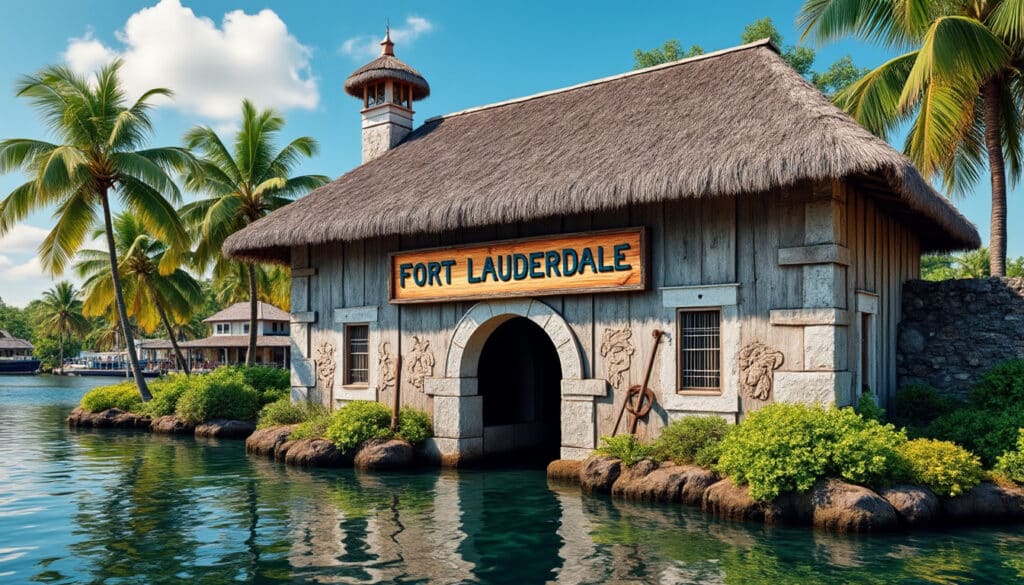Renowned for its beautiful coastlines and vibrant yachting scene, Fort Lauderdale’s name is steeped in a rich history that combines military feats, cultural evolution, and natural beauty. Nestled in sunny Florida, this city has grown from a strategic military fort to a bustling hub of activity. The journey of its name brings together tales of conflict, exploration, and celebration, echoing the stories of those who shaped it.
Origins of the Name: Forts and Wars Shaping Fort Lauderdale
The name Fort Lauderdale is intertwined with a series of early 19th-century conflicts, known as the Seminole Wars. These wars were essential in structuring the settlement landscapes across Florida. The First Seminole War (1817-1818) was initiated by land disputes and law enforcement issues. This was followed by the Second Seminole War (1835-1842), the longest and most challenging, where guerrilla tactics employed by the Seminoles played a significant part. Lastly, the Third Seminole War (1855-1858) marked the end of the Seminole conflicts in Florida.
During these conflicts, the need to establish military dominance led to the construction of numerous forts. Among these was a fort built on the banks of the New River in 1838. Named after its commander, Major William Lauderdale, this installation was pivotal in the United States’ military efforts to suppress the Indigenous resistance.

While many similar forts have faded from memory, the fort built by Major Lauderdale has left a lasting legacy. Initially constructed to serve as a strategic launch point in the Seminole Wars, its name persisted long after the conflicts ended. As with many military installations of the time, these forts were often named to honor the efforts of their commanders—an acknowledgment that has ensured Lauderdale’s name remains relevant.
The city of Fort Lauderdale thus bears a name that resonates with tales of strategy, courage, and enduring significance. The historical events surrounding its naming highlight the cultural and physical evolution of the area, which has been influenced by both human determination and natural wonders.
The Impact of the Seminole Wars on City Development
Throughout the Seminole Wars, military presence spurred infrastructural development. Roads and waterways constructed for military operations became paths for settlers. Post-war, these paths paved the way for Fort Lauderdale’s transformation into a bustling city. One can say the city was built upon the ‘foundations’ of its forts, both literally and figuratively.
Such military beginnings are commemorated within the city, with plaques and museums, like the Fort Lauderdale Historical Society, preserving this vital part of its heritage. The iconic figure of Major Lauderdale remains a symbol of the city’s origins and its enduring legacy as a hub of resilience and growth.
Transformation from Military Ground to Urban Gem
Following the Seminole Wars, Fort Lauderdale experienced slow yet steady development. Initially, there was little interest in the area, but this began to change with the Florida Land Boom of the 1920s. This period marked a pivotal point in the city’s history, as an influx of settlers and developers laid the groundwork for modern urbanization.
Several key developments shaped Fort Lauderdale’s growth:
- 🌊 The dredging of the Intracoastal Waterway, introducing vital waterways for boating and transportation.
- 🏠 Construction of a trading post on the New River, establishing a commercial hub.
- 🚂 The extension of the Florida East Coast Railroad, bringing unprecedented levels of accessibility and commerce.
By transforming its geographical attributes into practical infrastructures, Fort Lauderdale swiftly transitioned from a mere military outpost to a thriving center of trade and tourism. The cultural evolution has been significant, blending historical artifacts with modern attractions.
Today, Fort Lauderdale’s identity radiates through its many features — from Fort Lauderdale Beach with its pristine sands to the bustling Las Olas Boulevard, renowned for its shopping and dining options. This colorful mix of past and present is what truly makes the city a gem.
Economic and Cultural Renaissance
Fort Lauderdale’s growth into the 21st century is notable for its economic achievements and cultural vibrancy. The city hosts the annual Fort Lauderdale International Boat Show, underscoring its moniker as the “Yachting Capital of the World”. This event exemplifies how Fort Lauderdale utilizes its natural geography for economic advantage, drawing marine enthusiasts from around the globe.
This transformation has not only been economic. Cultural landmarks such as the Broward Center for the Performing Arts and various art festivals celebrate the city’s diverse artistic expressions. The confluence of art, history, and modernization makes Fort Lauderdale an appealing urban renaissance for both residents and tourists.
Symbolic Representations: Flags and Emblems of Fort Lauderdale
As with many cities, Fort Lauderdale’s identity is visually represented through symbols such as flags and emblems. These symbols encapsulate the essence of the city’s heritage, culture, and ambitions, whether seen fluttering against the beachside breeze or gracing municipal offices.
Fort Lauderdale’s flag, while modest in design, holds significant meaning. The colors and patterns acknowledge the city’s nautical prowess and historical ties, effectively bridging its past with its present identity. Such symbols serve as reminders of Fort Lauderdale’s resilient spirit and rich heritage.
Understanding the symbolism behind these elements provides insight into how the city views itself and communicates its identity. These symbols are not just decorative; they are vibrant emblems representing a blend of tradition and forward-thinking vision.
Flag and Emblem: The Language of Identity
The design of Fort Lauderdale’s flag incorporates several symbolic elements. For instance:
- ⚓ Blue stripes which represent the ocean and waterways, underlining the marine-focused industry.
- 🌴 Green areas reflecting the city’s lush parks and outdoor spaces.
- 🌞 A sunburst symbolizing the region’s sunny climate and inviting atmosphere.
These elements are not just arbitrary choices; they reflect the city’s values and history. Flags and emblems are a dimensional aspect of civic pride, offering both residents and visitors a sense of belonging and underscoring the city’s distinct character.
Moreover, elements like this play a key role in tourist engagement. Visitors to Fort Lauderdale often leave with a deeper appreciation for its symbolic expressions, which heighten their overall experience of the city.
Modern Identity and Global Connections
In today’s interconnected world, Fort Lauderdale serves as an increasingly important hub. Its strategic location near Fort Lauderdale-Hollywood International Airport allows seamless connections to major airlines like American Airlines and JetBlue Airways, boosting its status as a vital node within the global air travel network.
The city’s identity has become further intertwined with its diverse population, hailing from all corners of the globe. Fort Lauderdale’s multicultural tapestry is evident in its culinary offerings, languages spoken, and cultural festivals celebrated throughout the year, creating an atmosphere that is as diverse as it is welcoming.
As Fort Lauderdale continues to grow, its reputation as a cultural and economic beacon shines ever brighter, enticing new generations of visitors and settlers eager to engage with its dynamic offerings.
Connecting Through Heritage and Hospitality
Fort Lauderdale’s commitment to hospitality and cultural inclusivity is strengthened through various partnerships and initiatives. The Marine Industry Association of South Florida plays a substantial role in enriching the local economy, while local cultural centers and historical societies work tirelessly to preserve the vibrant tapestry of the city’s past.
By hosting international events and engaging in meaningful cultural exchanges, Fort Lauderdale embraces its role as both a gateway to the world and a guardian of its unique past. This delicate balance serves as a model for cities looking to honor their history while fostering future growth.
FAQs About Fort Lauderdale’s History and Identity
- Q1: How did Fort Lauderdale get its name? A. It was named after Major William Lauderdale, who commanded the fort during the Second Seminole War.
- Q2: Can visitors explore historical sites in Fort Lauderdale? A. Yes, there are numerous historical sites with markers and museums, such as the Fort Lauderdale Historical Society.
- Q3: How does the city celebrate its nautical heritage? A. Through events like the Fort Lauderdale International Boat Show, highlighting its role as the “Yachting Capital of the World”.
- Q4: What are some iconic symbols of Fort Lauderdale? A. The city’s flag and emblem represent its nautical history, lush landscape, and sunny climate.
- Q5: How does Fort Lauderdale connect to the global community? A. Through its airport facilities, marine industries, and an inclusive cultural landscape.
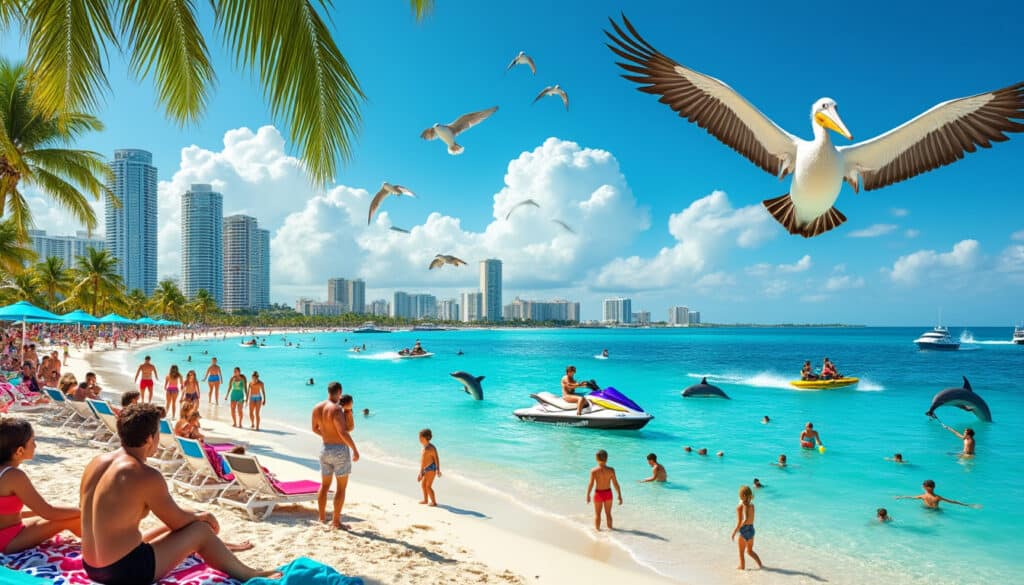
Fun Facts & Curiosities About Fort Lauderdale
Fort Lauderdale, a striking city in sunny Florida, has become a captivating destination for countless visitors worldwide. Known for its sparkling beaches, intricate canals, and vibrant culture, it offers more than just traditional tourist attractions. With fascinating history, an array…

Architecture and urban features of Fort Lauderdale
Often referred to as the “Venice of America,” Fort Lauderdale, Florida is a destination that seamlessly blends history, innovation, and scenic beauty. This vibrant city is renowned for its extensive canal networks, pristine beaches, and an eclectic architectural landscape. On…
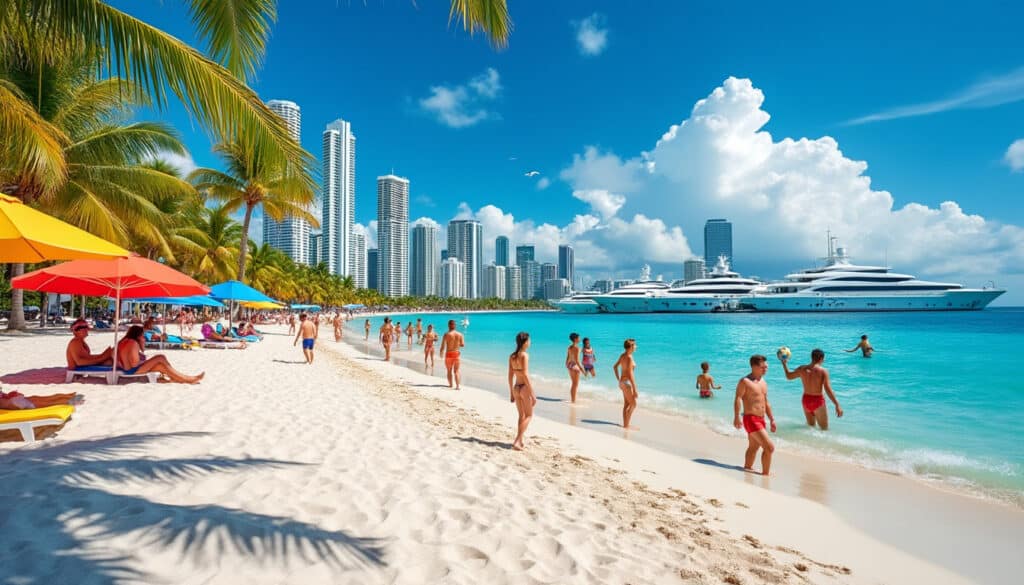
Basic facts about Fort Lauderdale
Fort Lauderdale, known as the “Venice of America,” is a vibrant city set against the picturesque backdrop of Florida’s Atlantic coastline. It is a bustling hub that features a unique blend of stunning beaches, a complex network of canals, and…
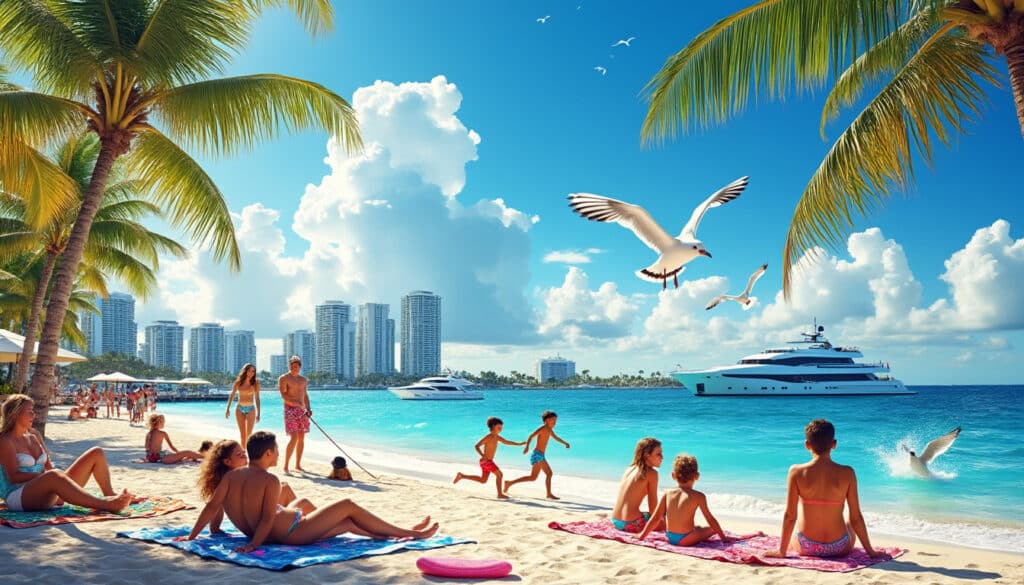
Nestled along the southeastern coast of Florida, Fort Lauderdale is a city that paints a vivid picture of sun-drenched beaches, canal-laden waters akin to Venice, and a lifestyle that intertwines with both leisure and purpose. Known for its stunning coastline,…
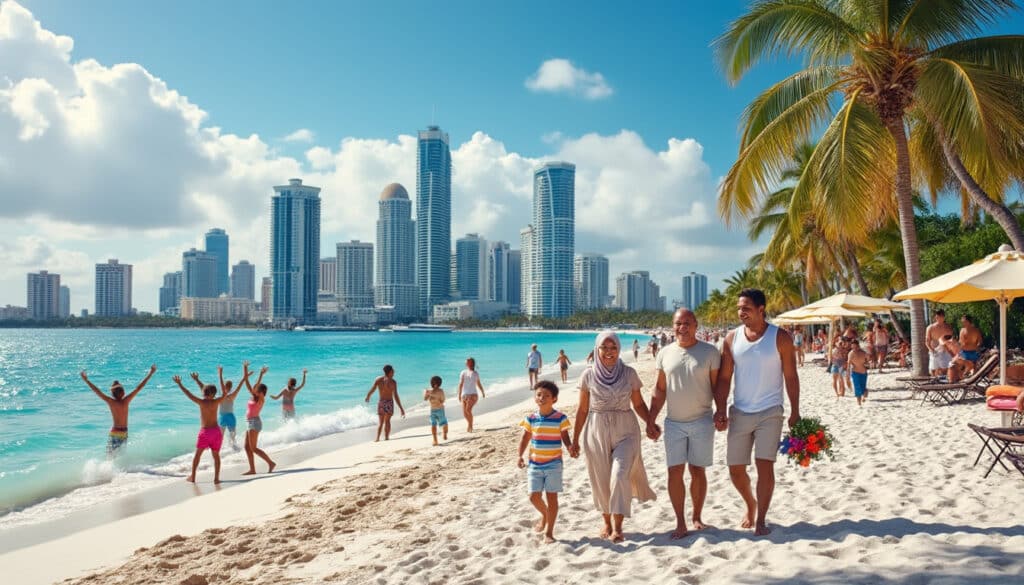
Demographics and geography of Fort Lauderdale
Fort Lauderdale, known as the “Venice of America” for its expansive and intricate canal system, offers a rich tapestry of demographics and geographical allure. This coastal gem, with its pristine beaches and vibrant cultural scene, attracts visitors and residents alike.…

Holidays and celebrations in Fort Lauderdale
In the Sunshine State, Greater Fort Lauderdale shines brilliantly during the holiday season, offering an enticing fusion of tradition, culture, and modern flair. Whether seeking holiday lights along Las Olas or enjoying beachfront festivities, this area provides a wealth of…
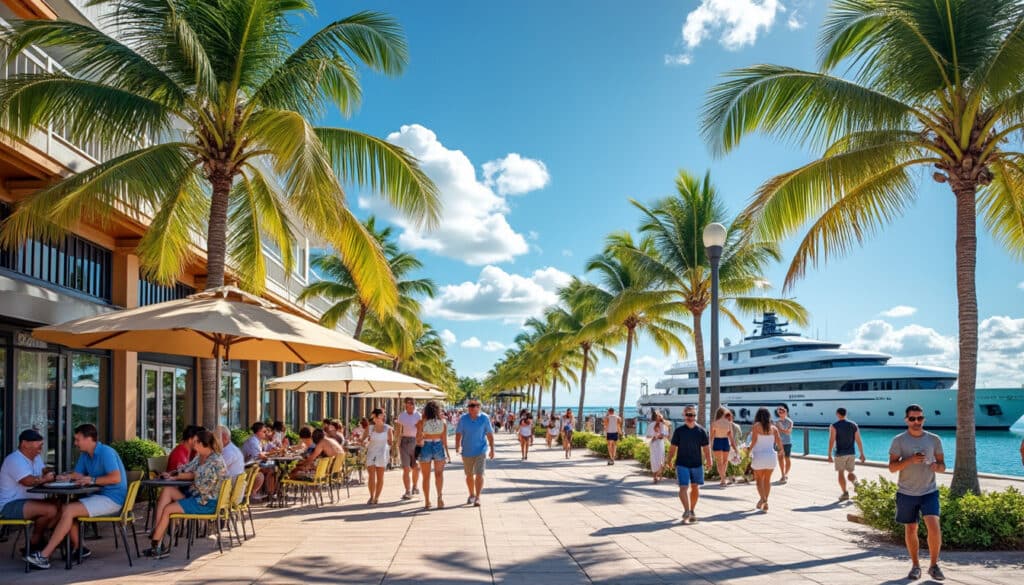
Language and spelling of Fort Lauderdale
Nestled along the sun-drenched shorelines of Florida, Fort Lauderdale stands as a vibrant hub of culture, tourism, and maritime allure. Renowned for its sprawling beaches and dynamic urban life, this coastal gem offers a plethora of intriguing elements to explore,…
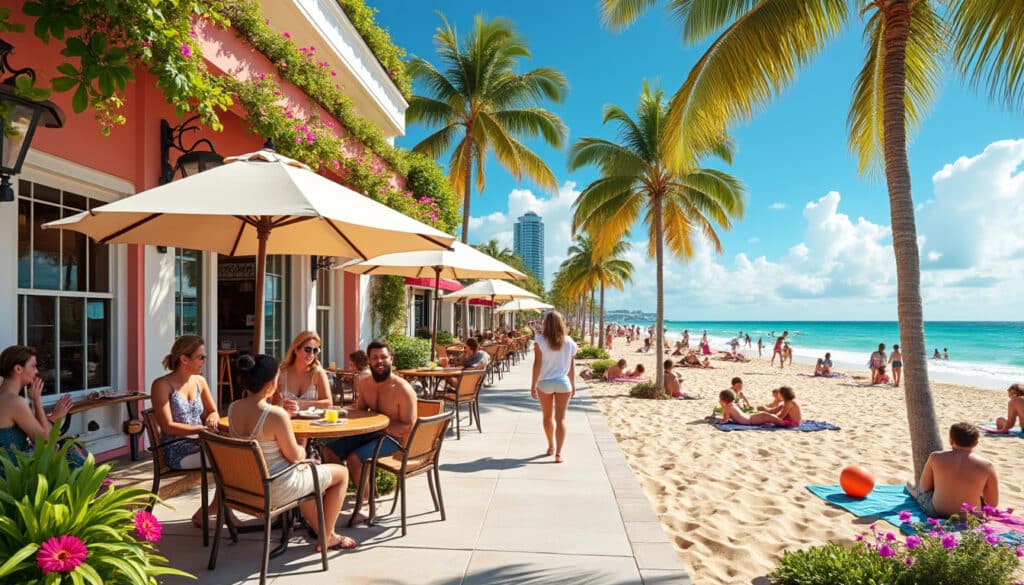
Local tips for tourists in Fort Lauderdale
Fort Lauderdale, often referred to as the “Venice of America,” is a vibrant hub for tourists seeking sun, sand, and a touch of culture. Nestled on Florida’s southeastern coast, this city offers a plethora of activities tailored for both beach…
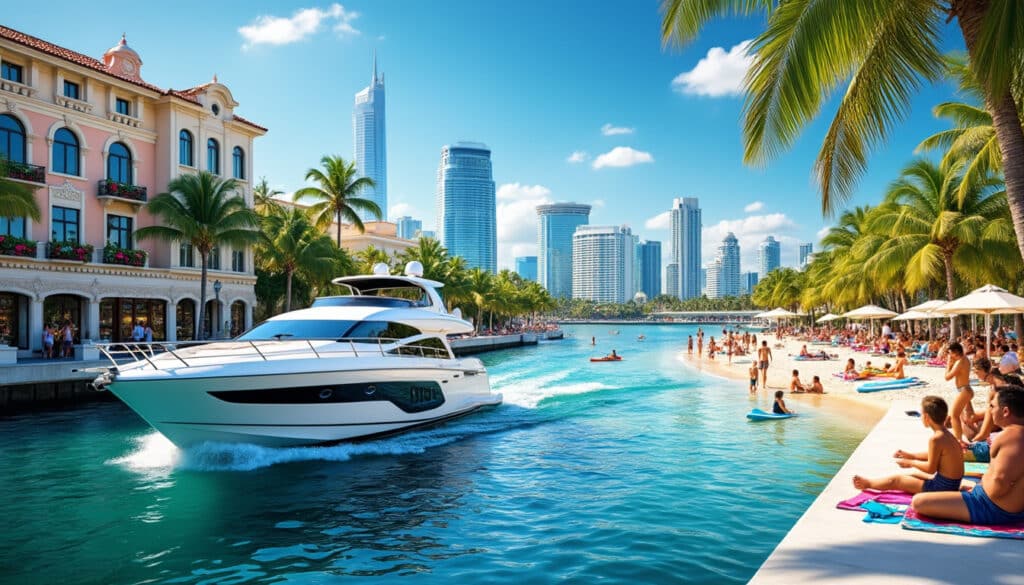
Reputation and identity of Fort Lauderdale
Fort Lauderdale, often overshadowed by its flashy neighbor Miami, possesses its own unique blend of characteristics that contribute to its reputation and identity. Known as the “Venice of America,” this enchanting city is home to an extensive network of canals,…
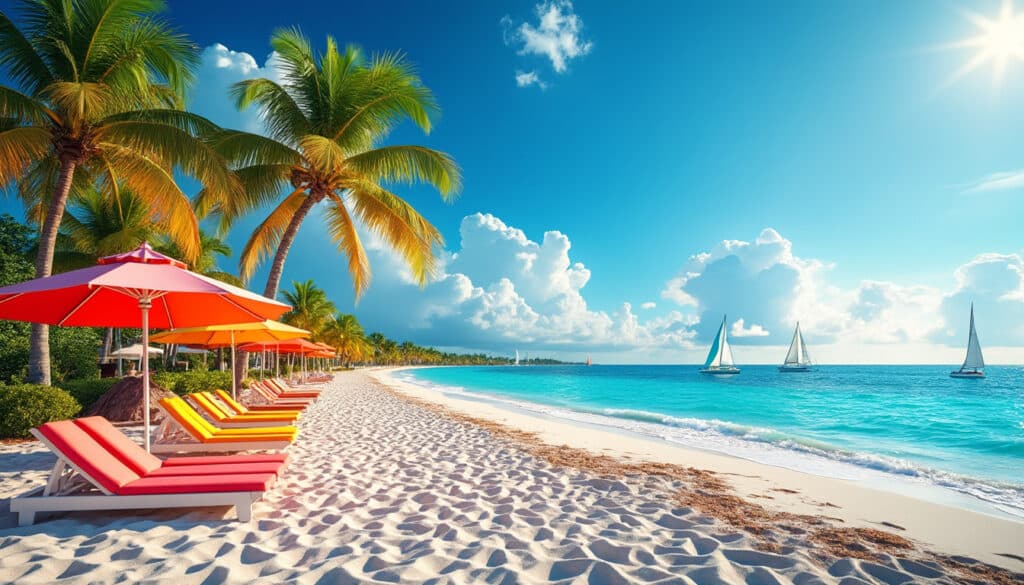
Climate & Weather in Fort Lauderdale
Fort Lauderdale, a sun-drenched paradise in Florida, is famed for its picturesque beaches, intricate canal system, and ultimate vacation allure. Understanding the climate and weather patterns of this coastal city is essential for travelers and residents alike. Knowledge of the…

Time and time zone in Fort Lauderdale
🌴 Known for its beautiful beaches and bustling culture, Fort Lauderdale offers more than just scenic views. A hub of diverse experiences, it’s a place where time gains a unique dimension. From the daily rhythm determined by its Eastern Time…
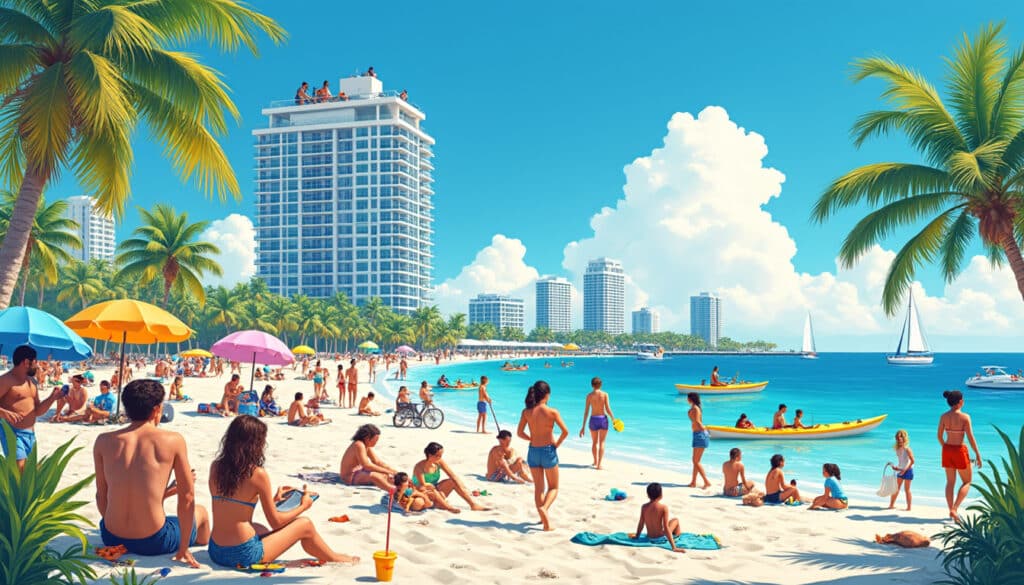
Unusual facts and social issues in Fort Lauderdale
Fort Lauderdale, often recognized for its sun-kissed beaches and vibrant nightlife, harbors an array of unusual facts and social intricacies that paint a more complex picture of this coastal city. Known as the “Venice of America” due to its vast…
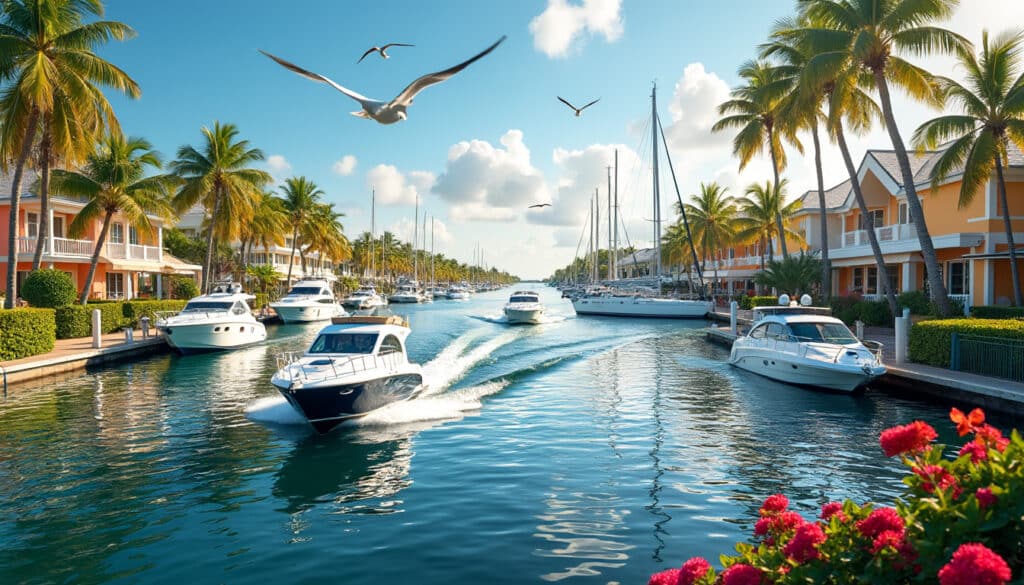
What does Fort Lauderdale look, smell, feel like?
Exploring the vibrant city of Fort Lauderdale can be a multi-sensory adventure with its stunning waterways, bustling arts scene, and culinary delights that offer an immersive experience for locals and tourists alike. Known for its nickname, the “Venice of America,”…


